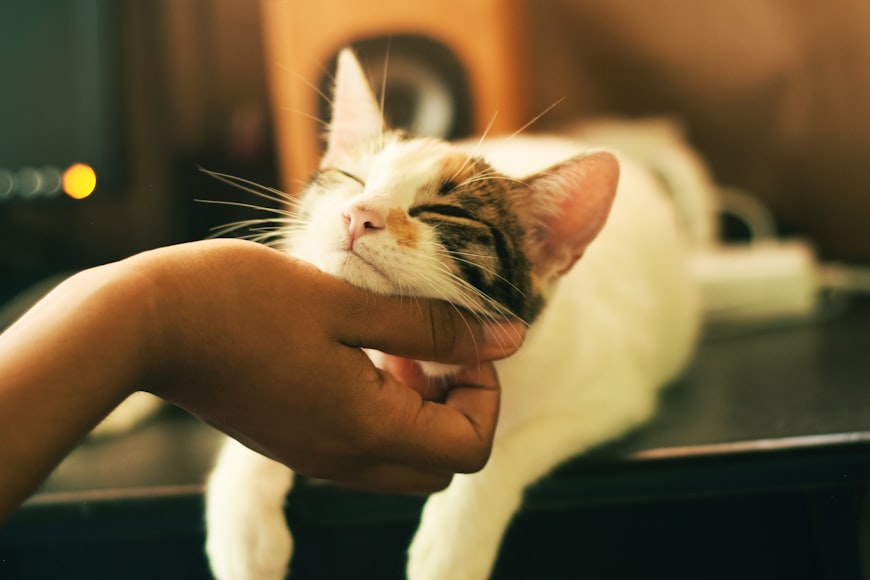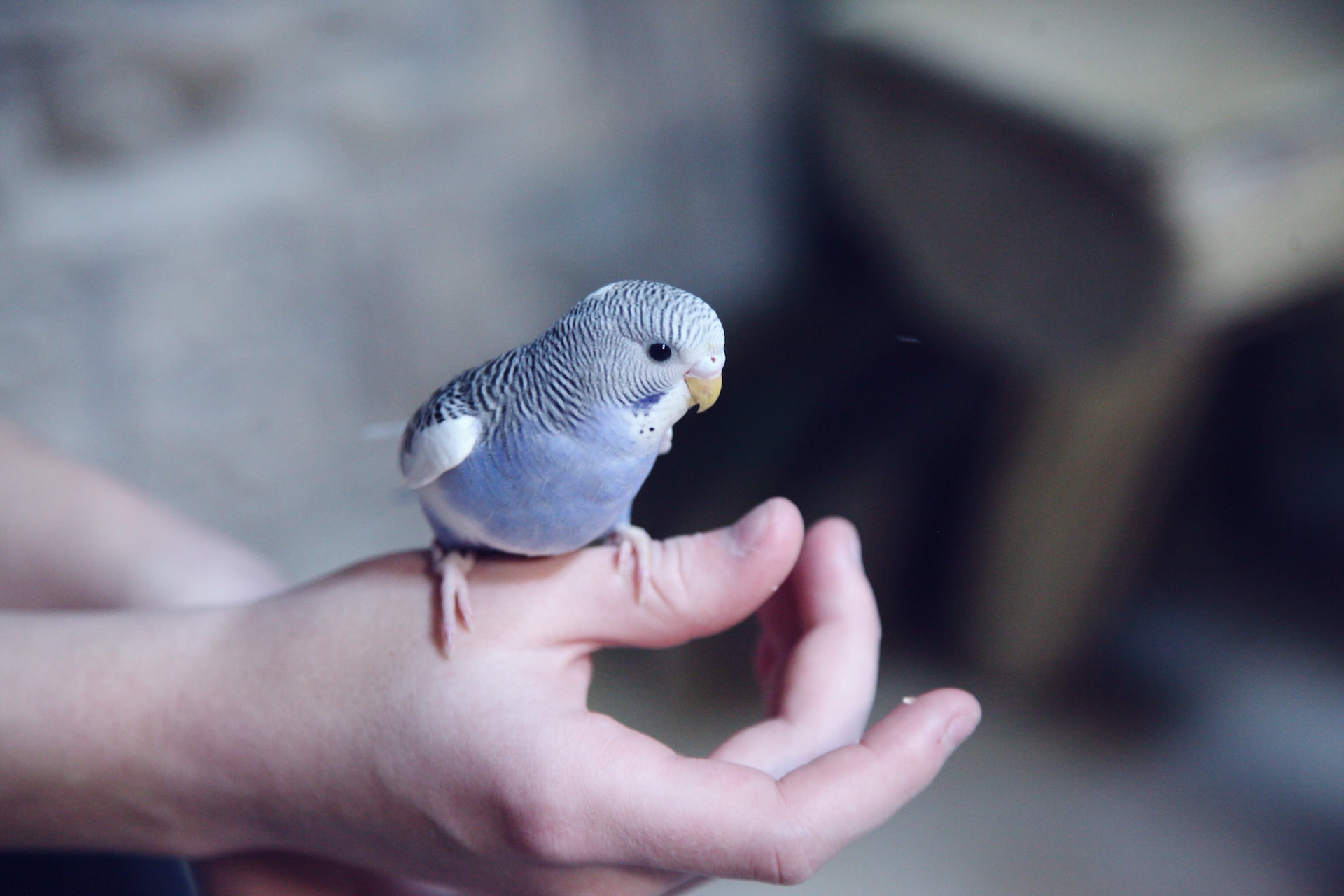Pets often hurt themselves in the course of daily life, and sometimes those injuries are quite serious. It’s important to know how to best care for your pet during this time, as you don’t want to compound their injury with unsanitary conditions or poor nutrition. The following 10 tips will show you how to keep your pet safe and comfortable as they recover from an injury.
1) Contact your vet right away

It is important to take your pet for a checkup after any injury. If you are worried about the cost, talk to your vet about sliding scale pricing or another form of payment that might work better for you. The sooner you get your pet checked out, the more likely they will be able to make a full recovery.
2) Follow all doctor’s orders
If your veterinarian prescribes medication for your pet, make sure to follow the instructions on the label. It’s also important to keep all of your animal’s medications in a place where you can find them quickly if needed. Make sure that you don’t give any human medication or supplements intended for humans (such as ibuprofen) to your pets. If your pet has a broken bone, it is important not to allow it to be active or put any weight on the injured limb.
3) Stay at home until you can get your pet comfortable again.

Keep your pet at home until they are comfortable enough to go outside again. This is especially important if your pet was injured while out on the street or if they were involved in a car accident. Make sure they are properly hydrated, fed, and can relieve themselves before letting them out of the house.
4) Feed him homemade meals
If your pet can’t eat his regular food, you may need to cook something up. The best diet for pets after surgery is one that is low in protein, sugar, fats and sodium. Consider cooking a batch of broth (chicken or beef), adding a tablespoon of rice or pasta and boiling until it reaches the desired consistency. This will create soup for your pet. Cut vegetables into small pieces before boiling them in the broth as well.
5) Provide plenty of TLC

- Watch your pets closely for any signs of distress.
- Avoid strenuous exercise until their injury has healed.
- Visit the veterinarian as soon as possible if your pet’s injury is serious.
- Feed a high-quality, healthy diet with plenty of fresh water.
- Provide a warm, quiet place to rest.
6) Use a gel ice pack on the injured area
If your pet has been injured, place a gel ice pack on the injury for 15 minutes at a time. This will reduce swelling and numb pain. Make sure you have a supply of cold packs in the freezer or fridge at all times. Never put ice directly against your pet’s skin as this can cause frostbite!
7) Massage the injury site in gentle circles

Massaging the injured area can help reduce the swelling, decrease pain, and speed up the healing process. It is best to use light pressure so as not to aggravate any injuries that are still open or on their way to becoming open. If you notice your pet does not want you near them or are showing signs of aggression such as growling, it is best for the animal’s safety if you refrain from massaging their injury. Remember: a happy pet is a healthy pet!
8) Administer over the counter pain relievers like ibuprofen (carefully)
The ASPCA advises that you should never give your pet a human pain reliever, as they can be toxic in high doses. However, over-the-counter pain relievers like ibuprofen are safe for use in small amounts. For example, the ASPCA recommends giving your pet one quarter of the recommended human dose every 8 hours for up to 3 days. Be careful not to give your pet any medications that contain aspirin or acetaminophen, as these may be harmful if ingested by pets.
9) Seek help from professionals like physical therapists if needed.

If your pet is experiencing any of the following symptoms after an injury, consult with your veterinarian or physical therapist.
-Paw dragging -Lack of appetite/weight loss -Inability to use hind limbs or stand on all fours
10) Watch out for secondary infections that could develop.
If your pet has sustained an injury, it is important that you take care of the wound properly. Otherwise, your pet could develop a secondary infection. One way to avoid this is by cleaning the wound thoroughly before applying a topical antibiotic ointment or dressing. You should also watch out for signs of infection like increased pain, swelling, redness, or discharge from the wound; if any of these symptoms occur, you should contact a veterinarian right away.
